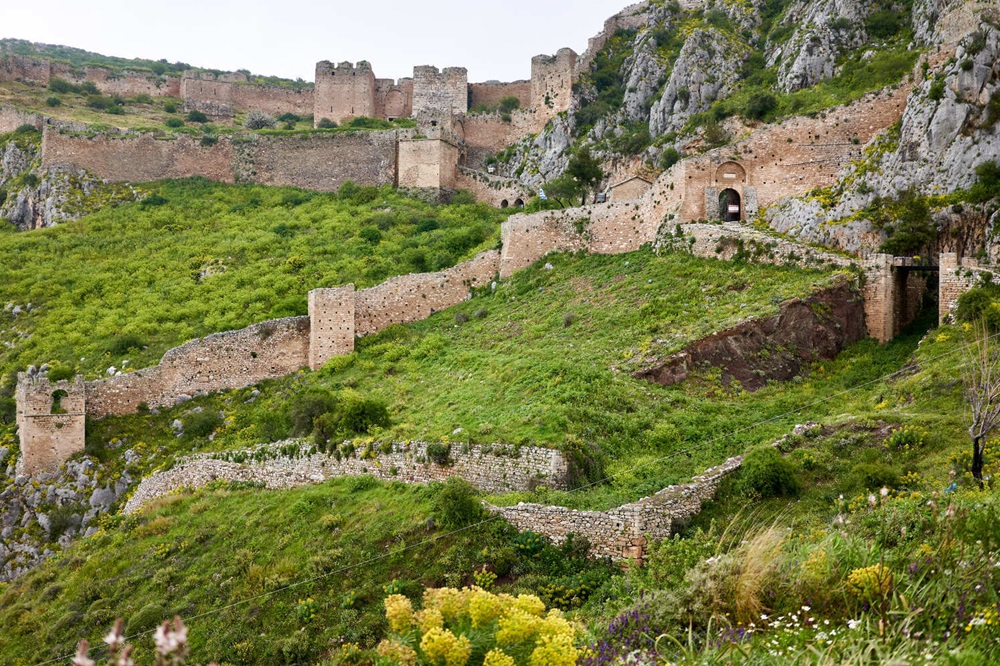
Studies for the protection and promotion, but also the safety of visitors, of the Castle of Acrocorinthos, is carried out by the Ministry of Culture through the competent Ephorate of Antiquities of Corinth, on the basis of Programmatic Agreements for Cultural Development, between the Ministry of Culture and the Peloponnese Region. Priority is given to the treatment of rockfalls.
At the same time, the restoration of the Ottoman Mosque A, the restoration study of parts of the outer wall of the Castle and the lighting study are progressing. The Akrocorinthos Castle dominates the hill of the same name in the immediate vicinity of Ancient Corinth and was a timeless refuge for the inhabitants of the area during periods of invasion. Imposing walls have been erected on the upper parts of the hill. The vulnerable western part of the hill has been reinforced with a moat and three lines of fortification with an equal number of gates. The present form of the fortification is the result of successive building phases. The oldest attested building phase dates back to Archaic times, when Corinth was ruled by the tyrant Cypselos and his descendants (657-583 BC). Large-scale interventions and extensions were carried out during the Byzantine and Ottoman periods, as well as during the Second Venetian occupation (1687-1715).
The Minister of Culture Lina Mendoni said: “The protection of the Acrocorinthos Castle and ensuring safe tours for visitors are a priority of the project carried out by the Ministry of Culture, in close and constructive cooperation with the Peloponnese Region, for the promotion and exploitation of the fortress complex. The fixing interventions are aimed at addressing the problem of rockfalls in a section of rock adjacent to the entrance of the Castle (Gate A). The project includes works on the landscaping of the area for events, the completion of the tour routes, specialised fixing and enhancement of individual areas and monuments of the Castle, such as the Ottoman mosque, and the creation of a digital tour. At the same time, studies are being carried out for the reinforcement of the walls and their lighting. Our aim is, through a comprehensive management programme for the Castle, to ensure the protection and safety of the monument and its visitors, together with the promotion of its different historical phases and at the same time to enable its viewing during the evening hours.”
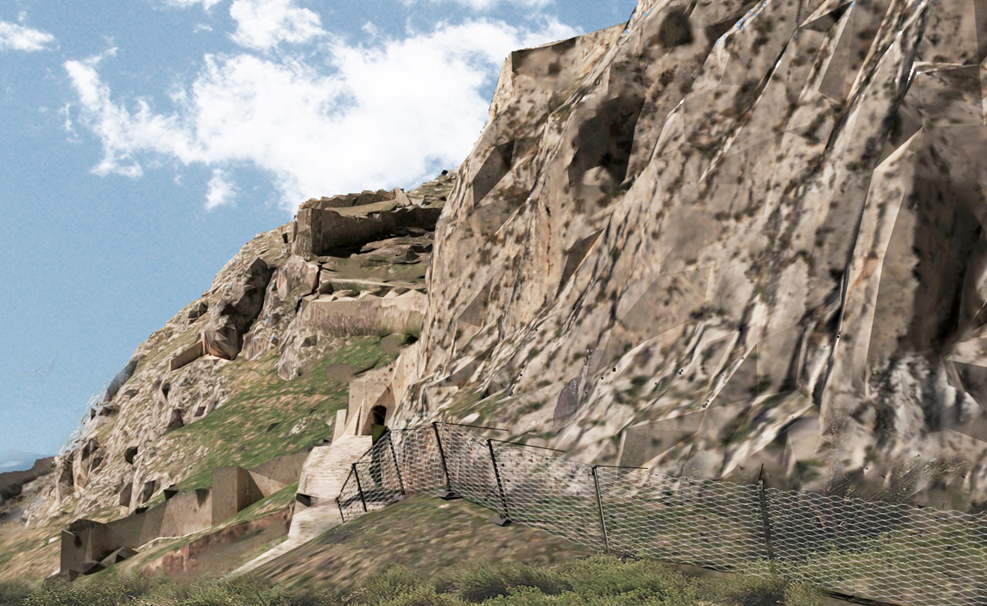
Due to the rockfalls near the entrance and for reasons of public safety, the Ephorate of Antiquities of Corinth modified the access to the 1st Gate, with the creation of a temporary alternative route. The project to fix the rocky slopes takes into account the results of the geological-geotechnical preliminary study which is being implemented. The walls, with a total length of 3 000 metres, cover an area of 240 000 m2 , a large part of which has been developed into a settlement with numerous monuments. The completion of the study for the repair and maintenance of the most deteriorated parts of the walls and the subsequent restoration work, together with the work of fixing the rocky slopes, will allow the reuse of the cobbled path to the first gate of the Castle, which was prohibited in 2023 due to the fall of rocks and stones from the wall.
The Ottoman Mosque A’, within the third enclosure of the castle walls, is one of the few buildings of the castle that are preserved in a fairly good condition. It is a building of the 1st Ottoman period (1458-1687), with at least one phase of reconstruction, and follows the simple architectural type of mosque with a prayer room (mihrab), a front (revak) and a minaret, which is common in Greece. The aim of the Ministry of Culture is to restore the mosque and include it in the network of monuments of the castle that are open to visitors, and to convert it into a venue for cultural events.

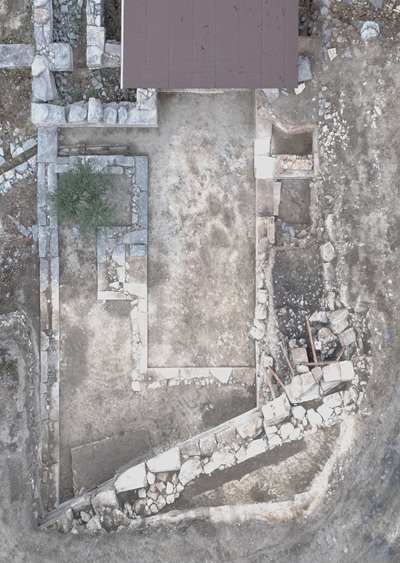
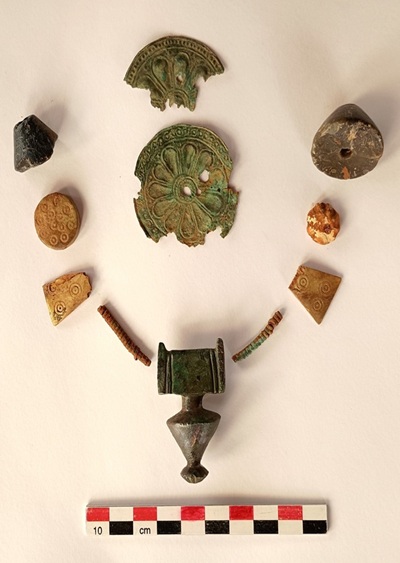
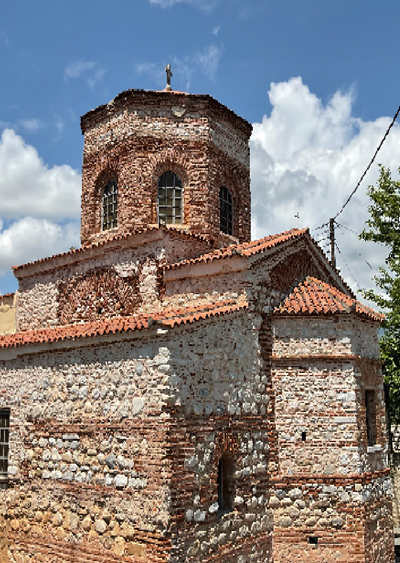
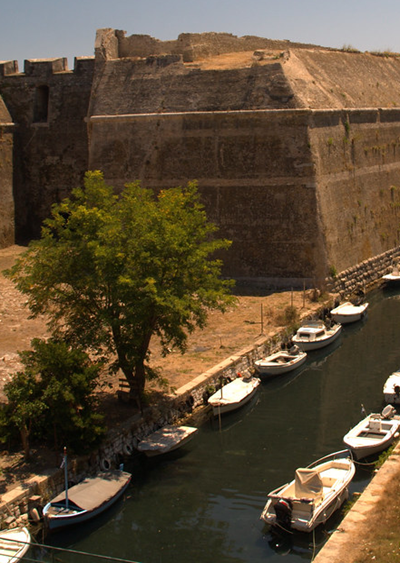


Leave A Comment